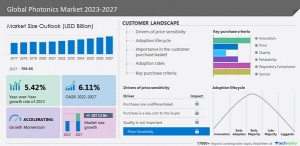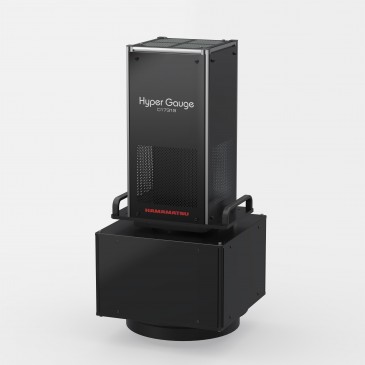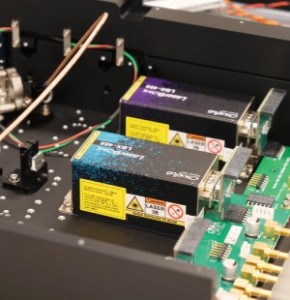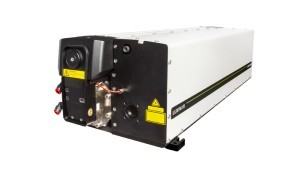
The photonics market size is estimated to grow by USD 287.13 billion from 2022 to 2027, at a CAGR of 6.11% according to Technavio. The emergence of optical data centers is a key trend shaping market growth. The growth of cloud-based applications and big data analytics has transformed data center networks, necessitating large and efficient interconnection networks to handle thousands of servers. Optical wavelength division multiplexing (WDM), also known as WDM, offers terabits of data transmission capacity, while optical switching enables fast and energy-efficient switching in intra-data center networks. Photonics plays a crucial role in ultra-high-speed optical switch applications, driving the global photonics market size during the forecast period.
The reduction in transmission costs and scalability beyond 400G is one of the major driver
The increasing adoption of photonics in communication network carriers is driven by its ability to transmit data across multiple end-user establishments on a single wavelength, meeting specific requirements efficiently. This leads to cost reduction as separate wavelengths for different clients are not needed, ensuring optimal bandwidth utilization. Photonics also enables high-capacity services at speeds of 100G and above, further enhancing its appeal. As a result of these advantages, the global photonics market size is anticipated to grow during the forecast period.
- The availability of substitute technologies is one of the key challenges impeding market growth.
Drivers, & Challenges have an impact on market dynamics and can impact businesses.
Analyst Review
The photonics market is witnessing significant growth across various sectors such as healthcare, information and communication, and industrial manufacturing. The expansion is fueled by technological advancements and innovative avenues in R&D activities, leading to the development of energy-efficient products and photonics-enabled products.
In the healthcare sector, photonics plays a crucial role in medical technology & life sciences (biophotonics), facilitating imaging technologies, sensors, and shortwave-infrared radiation (SWIR) detectors for diagnostic purposes. Moreover, photonics materials & component industry contributes to the production of amplifier systems, light modulation systems, and fiber optic cables used in medical devices.
The information and communication sector extensively employs photonics for data generation, transformation, transmission, storage, conversion, and usage. Network installations including laying optical cables and establishing data centers rely heavily on photonics-enabled products like UV detectors, sensors, and optical fibers. This sector is witnessing intense competition, particularly in the LED segment for lighting and display applications.
Industrial manufacturing benefits from photonics in various aspects such as production technology where green photonics aids in environmental regulations compliance. Additionally, chemicals like arsenic oxide and boron oxide are utilized in the production of photonics materials. Regulatory bodies such as RoHS monitor the usage of hazardous substances in photonics products.
The Asia-Pacific (APAC) region stands out as a significant market for Information and Communication Technology (ICT) and photonics-enabled products due to its robust manufacturing capabilities and consumer demand. The region drives the adoption of photonic devices and network infrastructure, fostering growth in data transmission and communication networks.
In conclusion, the photonics market is poised for further expansion driven by technological innovations, increased demand, and global market dynamics. As labor costs decrease and technological advancements continue, the photonics industry is expected to thrive across various sectors, offering solutions for diverse applications and market demands.
Market Overview
The photonics market is witnessing remarkable growth driven by technological advancements and innovative avenues. Performance is key in this field, where sensors and UV detectors play vital roles. However, ensuring safety is crucial, with regulatory bodies like RoHS monitoring chemicals used, including arsenic oxide and boron oxide. 3D printing has revolutionized manufacturing processes, enhancing performance and enabling the creation of intricate sensors and UV detectors. These advancements have opened up innovative avenues for businesses, pushing the boundaries of performance and efficiency in the photonics market. As technological advancements continue, the demand for UV detectors and sensors is expected to surge, further propelling the growth of the industry.




































 Back to News
Back to News



























